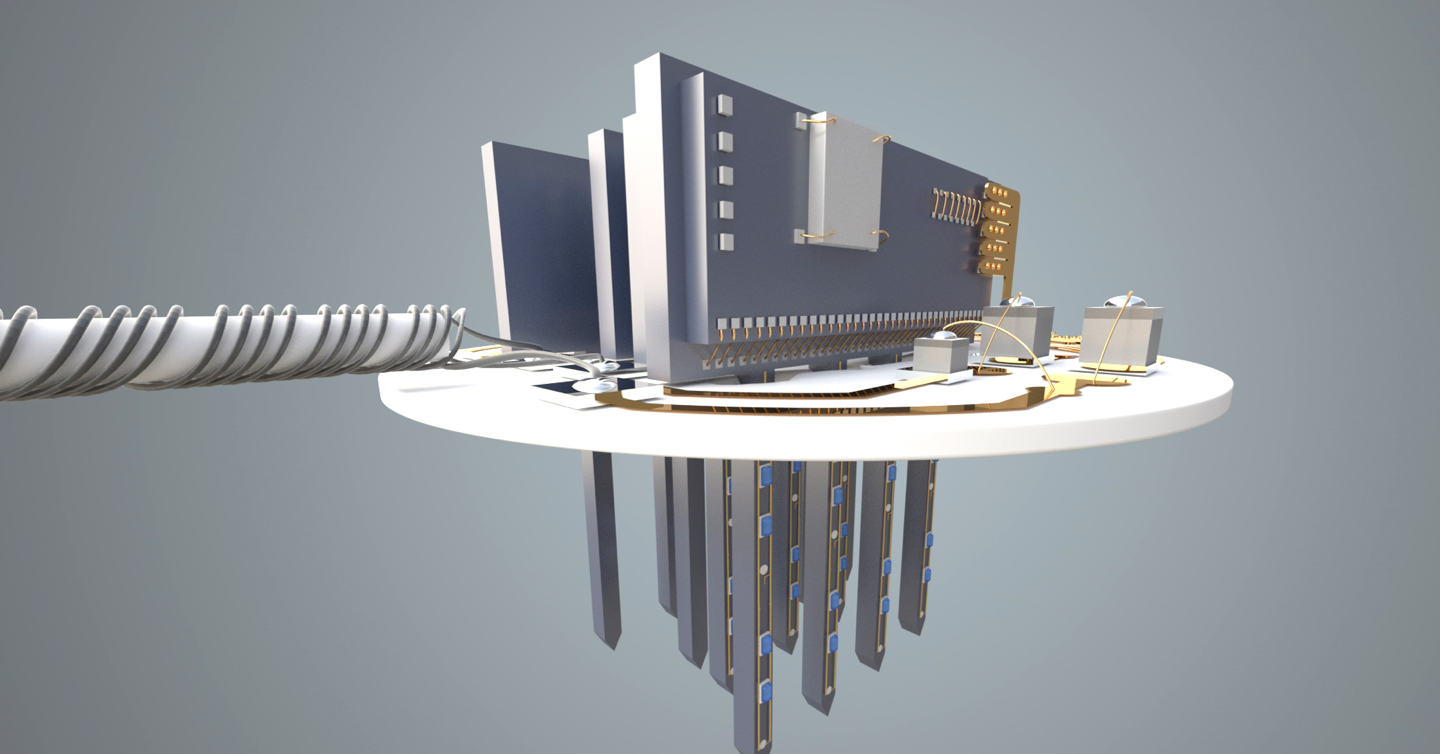Peter Brookes Chambers
Effects of phonon confinement on electron transport in HEMTs.
Supervisors
Project description
Quantum effects dominate in many modern semiconductor devices. This is due to their physical dimensions. Mathematical models and computer simulation tools predict the consequences of physical confinement. To do this, they focus on the electrons. In this project, we will study both the electron and phonon confinement. Phonons are the microscopic manifestation of heat. They can be a serious challenge in nanodevices.
We are investigating the consequences of phonon confinement on electron transport in high-electron-mobility transistors (HEMTs). We are considering this in relation to mobility and device self-heating. We will extend the functionality of the Monte-Carlo simulation tool developed by Dr Angela Dyson and the Dyson group. We will include the effects of phonon confinement. We will model two-dimensional semiconductor heterostructures such as HEMTs. These tools use Monte-Carlo simulations to model carrier scattering in III-V semiconductors. In particular, gallium nitride (GaN) is a promising green replacement for silicon. We will unite these tools with a theoretical model, also developed within the Dyson group.
The Monte-Carlo simulation tool models the microscopic motion of ~104 to ~105 electrons. They are modelled in bulk (3D) or confined (2D) conditions as appropriate. The polar optical phonon is a major contributor to mobility degradation in GaN devices. It can be modelled out of equilibrium, a feature shared with only one other code worldwide. This will allow the identification of the cause of differing mobilities in nitrogen-polar and gallium-polar HEMTs. It will also allow engineering the interface phonon mode to control and ameliorate device self-heating.
Qualifications
- MPhys Physics, 1st
